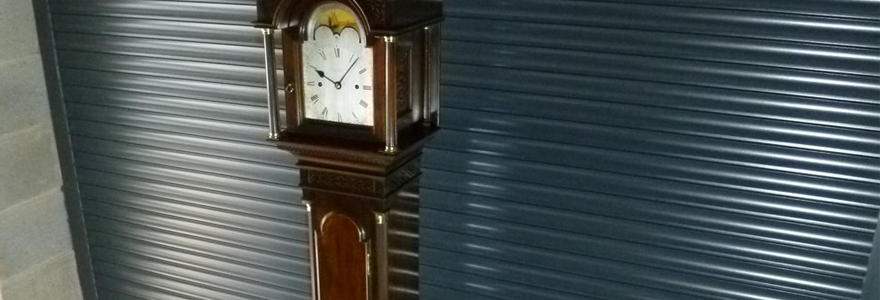
As the name suggests, a longcase clock is a clock with a tall case. For this reason, it is also known as a tall-case clock. These clocks were first established in England in the 1600s. Other countries in the United States got into the longcase clock trend over the years. However, these clocks are predominant in the United Kingdom. There are three types of longcase clocks; grandfather, grandmother, and granddaughter. These antique clocks get their names from their sizes and time of invention or production. Grandfather clocks are the largest and the first to be invented. Grandmother and granddaughter clocks are often confused with each other. They are both smaller than grandfather clocks. Regardless, they are popular, and you can find and purchase them from offline and online stores like lapendulerie.com. While grandmother and granddaughter clocks have similarities, they also have significant differences. This post discusses the primary differences between these vintage wall clocks.
Explaining grandmother and grandfather clocks
A grandmother clock usually features a case of around five to six feet. The freestanding case comes with a hood and pendulum. The first grandmother clock was developed between the early 1920s and the 30s. Unlike grandfather clocks, which are usually larger, grandmother clocks are built to fit into smaller rooms. On the other hand, a granddaughter clock is a longcase clock that features a case between two to five feet. They have a mode delicate and petite design. The first granddaughter clock was developed in the 1930s. These clocks feature several elements of grandmother clocks, including eight-day mechanical movements. Granddaughter clocks are primarily manufactured from plywood with veneers and rarely solid timber. There are affordable and modern versions of granddaughter clocks in the market today. So what are the differences between grandmother and granddaughter clocks?
Size and application
The easiest difference to note is that grandmother clocks are typically longer than granddaughter clocks. Grandmother clocks feature a five to six-foot-long case. On the other hand, granddaughter clocks feature a two to five-foot-long case. Also, while they both have petite frames and statures, granddaughter clocks are typically smaller. It is worth mentioning that the difference between the clocks in the longcase family mainly comes down to the size. As grandmother and granddaughter clocks, grandmother and grandfather clocks are differentiated by size. However, it is also important to note that the sizes may vary. Regardless, granddaughter clocks will always be the smallest in the longcase clocks category. Grandmother and granddaughter clocks are smaller and more suitable alternatives for small homes and rooms, like offices. It is also worth mentioning that longcase clocks are collectible items worth a lot of money since they are antique wall clocks. However, granddaughter clocks fetch less money than grandmother clocks.
Popularity and invention times
Grandmother and grandfather clocks are the most popular products in the longcase clocks family. However, granddaughter clocks are relatively new additions to the family. For this reason, these antique clocks are less popular. Some may argue that they are not far in popularity from grandmother clocks as their invention times are not far apart. Grandmother clocks were introduced between the early 1920s and 1930s. On the other hand, granddaughter clocks were introduced into the longcase clock family in the 1930s. While a decade may seem like a short time, it can make a significant difference when it comes to the product market. The constant association of grandmother clocks with grandfather clocks also contributes to their popularity (since grandfather clocks are the most popular). One of the reasons most people cannot tell grandmothers from granddaughter clocks is their lack of popularity. People know very little about these clocks. However, this can also serve as a differentiating factor for these antique mantel clocks.
Materials and appearance
Grandmother clocks are typically made from solid wood pieces. Common types of woods used to make grandmother clocks are ebony, mahogany, oak, and cherry. On the other hand, granddaughter clocks are mostly made from plywood with veneers. This means that wood is not their primary raw material. Popular veneers are mahogany, walnut, and oak. Therefore, you can also differentiate these vintage wall clocks by considering their materials. The clocks’ appearances can also be used as differentiating factors. Grandmother clocks usually have an engraved face. On the other hand, granddaughter clocks usually have painted numbers or silver electroplated dials on their faces. Additionally, grandmother clocks usually have heavily intricate embellishments. This makes them easy to identify and similar to grandfather clocks. On the other hand, granddaughter clocks are usually delicately decorated. They feature a simpler design than grandfather and grandmother clocks. These design elements significantly affect the clocks’ appearances.
